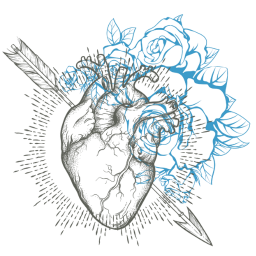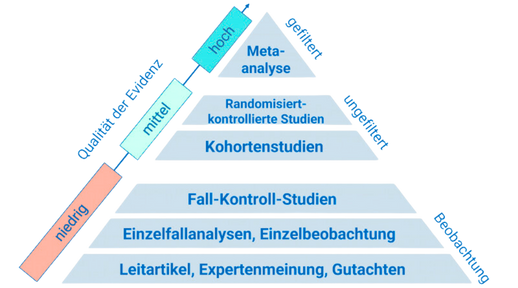Imagine the highly trained Rocky Balboa triumphantly running up the stairs of the Philadelphia Museum of Art in the spotlight. What many people underestimate is that there's a little Rocky in each of us, ready to break free if we just apply the right exercises and techniques. The science of muscle hypertrophy Hypertrophieincrease in muscle cross-section holds some surprising tricks that can bring us closer to this goal. In this article, we will delve into science-based strategies to make your muscles bigger and stronger.
Muscle hypertrophy, the dream of many fitness enthusiasts, refers to the growth and enlargement of muscle fibers. This growth is primarily triggered by overloading the muscles—literally: no pain, no gain. Progressive overload, that is, the gradual increase in resistance during training, is a central mechanism in this process. Other important factors include types of training that can be performed to the point of exhaustion, appropriate nutrition plans, especially regarding protein intake, and sufficient recovery between workouts. The path to impressive musculature is certainly not for the lazy, but with the right techniques, it can be attainable for everyone.
Promoting muscle hypertrophy has far-reaching health benefits. Firstly, greater muscle mass increases the basal metabolic rate, which leads to more efficient calorie consumption in the long term. Additionally, improved muscle strength contributes to the stability of joints and bones, thereby reducing the risk of injuries. Progressive overload and adequate protein can sustainably increase muscle size and strength, which in turn enhances overall quality of life [1] [2]. The positive impact on mental well-being is also notable: regular physical activity has been proven to be a natural mood booster.
A closer look at the research shows that progressive overload is particularly effective in increasing muscle strength and size. Studies emphasize the importance of repeated adaptation, either through increasing weight or increasing repetitions, to ensure long-term success [3] [4]. One study compared two approaches—either increasing repetitions or weight—and found that both are effective at strengthening and expanding muscle mass. This provides trainers and trainees with a flexible strategy [4]. It is important to note that the sample size and variability of participants in these studies are broad enough to make valid claims.
To effectively increase your muscle size, you should integrate the following steps into your daily routine: Start with progressive overload by increasing your training weight slightly each week [1]. Work with exercises to the point of muscle failure to maximize muscle demand [5]. Try to incorporate supersets into your training to maximize efficiency [6]. An adequate protein intake of 1.6-2.2 g per kilogram of body weight is essential to optimally support muscle growth [2]. Avoid overloading yourself too much and prioritize sufficient sleep and recovery to prevent injuries [7] [8].
Anyone can promote muscle hypertrophy if they adhere to some fundamental principles: progressive overload, training to muscle failure, a protein-rich diet, and adequate recovery. These surprising yet scientifically grounded strategies can yield amazing results. Start implementing these recommendations today and discover the power of the little Rocky within you!
This health article was created with AI support and is intended to help people access current scientific health knowledge. It contributes to the democratization of science – however, it does not replace professional medical advice and may present individual details in a simplified or slightly inaccurate manner due to AI-generated content. HEARTPORT and its affiliates assume no liability for the accuracy, completeness, or applicability of the information provided.














